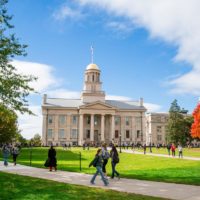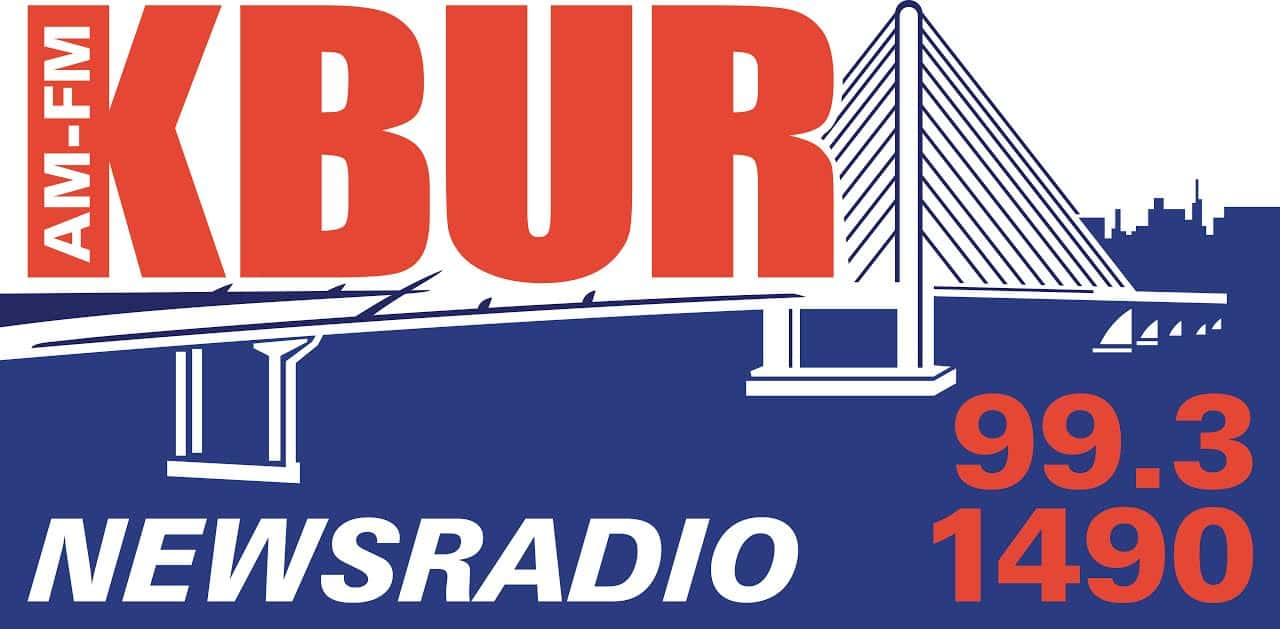
Iowa City, IA- The University of Iowa currently owns just over half of a shopping mall in downtown Iowa City, and the Iowa Board of Regents has approved a plan to buy the rest of the Old Capitol Town Center for $20.6 million.
Radio Iowa reports that David Keift is the University of Iowa’s senior director of business and real eastate.
“This is less about either the short or long term need for the first floor commercial space in the building,” Keift says, “but more about the university acquiring control of a significant footprint in the heart of our campus.”
The mall was built in 1980 as part of an Urban Renewal District that also created the pedestrian mall in downtown Iowa City.
“The mall, which covers nearly two city blocks in the heart of the University of Iowa campus, is nearly 375,000 square feet of space,” Keift says.
In the late 1990’s, the mall’s major tenants started relocating to a new mall in Coralville, and in 2003 Keift says a group of local investors rescued the mall from bankruptcy.
The university struck a deal to purchase 45% the property in 2006.
“The building became a monumental importance to the university during the 2008 flood as it was quickly reconfigured to host our School of Music for numerous years,” he says, “and our Memorial Union operations and bookstore.” Keift says.
Under the deal, the university will use reserve funds to make an initial payment of $206,000, then take out a commercial loan to pay the rest.
Keift says the university will use rental income from current tenants in the building to cover those loan payments.
“The university views the purchase price, which was based on a recent appraisal, as a favorable value to the institution. It comes out to be about $123 per square foot for all the leased space and common areas in the building,” Keift says. “You couldn’t come close to duplicating that cost per square foot to rebuild this size of a building.”
Keift admits the university doesn’t need the space right now, but he says the reason to buy now is to ensure 45% of the building isn’t acquired by other investors who may not be interested in upkeep of the property.
“It’s imperative that this building and this center remain an important and vibrant part of the university and community,” Keift says.






